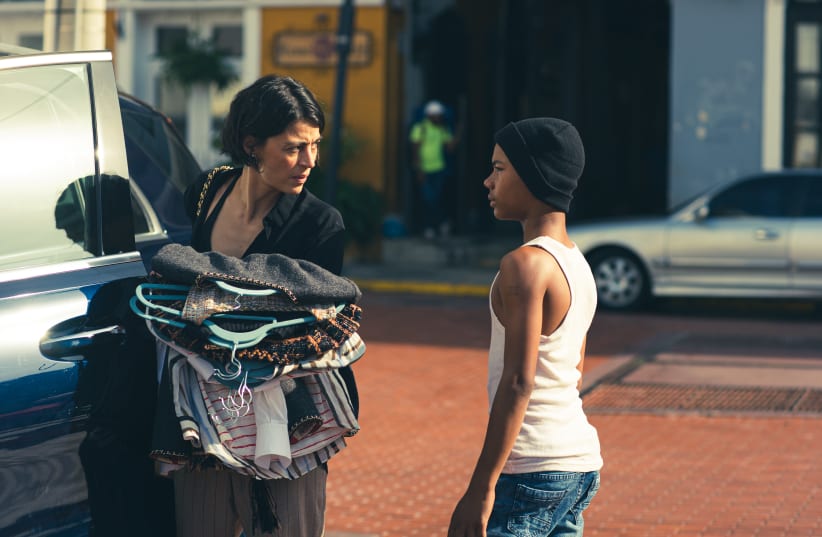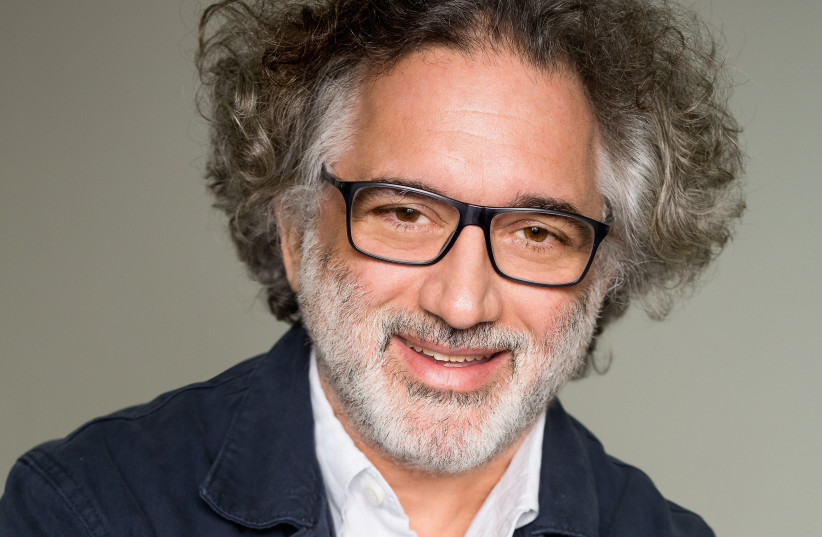Abner Benaim’s Plaza Catedral, a story of tragedy and redemption, has a heartbreaking backstory that adds urgency to everything the director was trying to accomplish with the film.
It’s the reality behind the very human story of Alicia (Ilse Salas), a Panama City architect, grieving the loss of her child who, very reluctantly, makes a connection with Chief (Fernando Xavier De Casta), a street kid she meets, that makes this story so intense. And that reality has propelled it onto the shortlist for the Best International Feature Oscar, the first time a movie from Panama has been so honored. The movie is currently in theaters in California and will be opening in other parts of the country and around the world.
Benaim, who previously directed mainly documentaries, developed this movie at the Jerusalem International Film Lab at the Sam Spiegel Film and Television School in Jerusalem. Born and raised in Panama, he currently divides his time between Panama City and Tel Aviv, but his movies are grounded in Central America and include the documentaries, Invasion, about the 1989 US invasion of Panama and its legacy, and Ruben Blades is Not My Name, a portrait of the iconic salsa musician.
Plaza Catedral portrays a city of great economic injustice, where the upper classes insulate themselves from street life by living in heavily guarded luxury apartment complexes. Alicia, the film’s heroine, designs such buildings and lived in one with her husband until she suffered a tragedy that robbed her life of all its joy and left her in torment, as she blames herself for the outcome. She has taken an apartment in the gentrified Plaza Catedral Square, on the fringe of a high-crime area. Chief is a kid who offers to park her car and run errands for her and she ignores him until he turns up, bleeding from a gunshot wound at her door. She takes him to the hospital but he leaves as soon as he can walk and finds his way back to her, telling her he is a victim of gang violence and begging her for shelter. Friends warn her that he could be dangerous but she is so disconnected from her life that she does not act on their warnings – although she seems to share their misgivings – and allows him to stay, partly, it seems, to distract her from her sorrow and obsessive thoughts of guilt. A fragile bond develops between them, one that is not sentimentalized and which cannot last.
“I wanted the personal stories of both of the characters to be in the foreground. In the background, you have the social and economic context. I gave priority to the personal because that’s what moves people,” he said.
He used a frightening incident when telling Alicia’s backstory. “I’m a father myself. And I have a Polish mother. I know about worry. I used the scariest moment of my life,” about when his own child was briefly in peril.
But to create the character of Chief, he drew on extensive research. “I’ve been everywhere in Panama, in the worst prisons and the worst neighborhoods. I’ve talked to people everywhere. You hear all kinds of stories.”
He was inspired by the work of his mother, a psychologist who worked in family counseling and with teen girls, and he also visited juvenile detention centers. “I got them to open up,” he said and he learned about the fierce turf wars among Panama City gangs, “where you can go to this block, it’s OK, but you can’t cross that street.”
Fernando Xavier De Casta came from a tough background, similar to his character’s, and was raised mainly by a grandmother. He joined a contemporary dance group run by a foundation that helped him a great deal, Benaim said.
The cast and crew “couldn’t help loving the kid” and his real-life relationship with Salas mirrored what takes place in the film. “They opened up, there was real chemistry... At first, he was shy and polite; she kept trying, little by little, to get close to him. Their relationship evolved and they became friends.”
DE CASTA gave the director valuable input on his character. “At one point, when he comes back and asks her to take him in, the script says he cries. But he said, ‘I’m not going to cry. I would never do that.’ So he didn’t.”
He found De Casta simply by posting a casting notice at the Plaza Catedral. “He was a kid with a very winning attitude. We tested him he was great. He was a natural, he had charisma.”
Benaim choked up for a minute before he spoke about the heartbreaking fact that Da Casta was shot to death shortly after filming ended.
“He was shot getting out of a taxi at midnight in a neighborhood that wasn’t his,” Benaim said. “It was really shocking and horrible and just sad. In Latin America, kids get shot like that very, very frequently. Kids exactly like him. The numbers are so big, you become numb to it and you think it’s normal. But it’s not normal for a kid to be shot and killed. The difference is that we knew him.”
In a strange way, this tragedy is a case of life imitating art. Just as Alicia comes to know Chief, audiences have come to know De Casta.
“I’ve had many situations where a person is there, wanting to say something to me. But you don’t open the door. You don’t follow through. When Alicia opens the door, she couldn’t avoid feeling something... And I hope people seeing the movie will feel something, too.”

